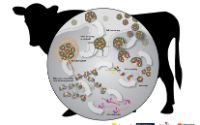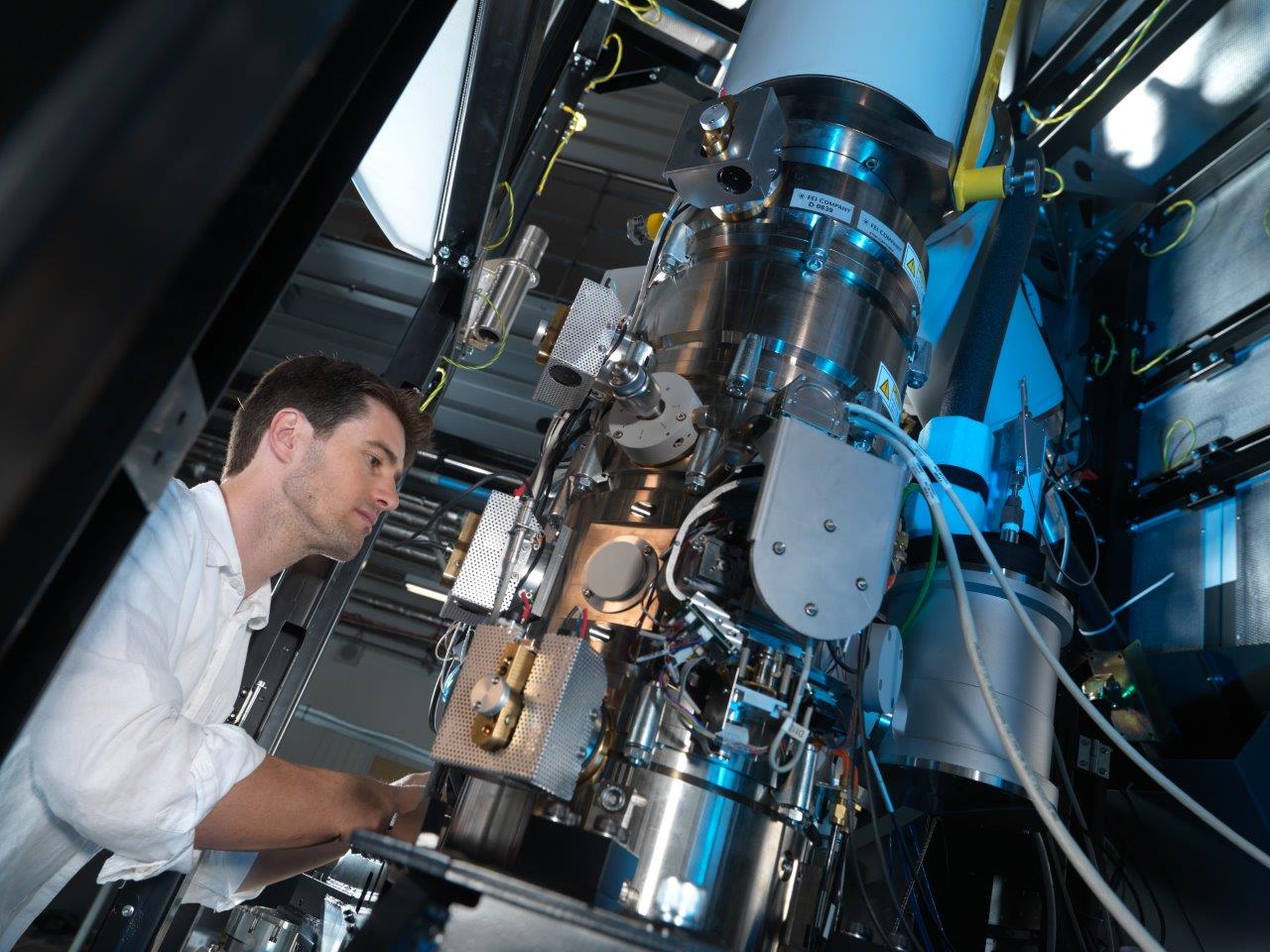Find out more about our ambitious upgrade project, delivering more brightness, more coherence, and greater speed of analysis to UK science. More about Diamond-II
![]()
Find out more about Diamond's response to virus research.
![]()

Pirbright has granted an exclusive commercial licence for a vaccine to ...Read On Pirbright Institute grants a new licence for FMDV vaccine
development

There is a lot of preparatory work that can be carried out at Pirbright with our microscopes. We can use them to really define the questions we need to answer and then ensure we have samples prepared in a way that will maximise their use at Diamond. I am hoping this collaboration between Pirbright and Diamond will help me guide our researchers through this process to achieve the best results and will enable them to answer critical questions and progress their research.
Diamond, the UK’s national synchrotron, has an embedded cryo-electron microscope facility, known as Electron Bio-Imaging Centre (eBIC), providing a world leading unique offer to researchers. Prof Dave Stuart FRS, MRC Professor of Structural Biology at the University of Oxford and Life Sciences Director at Diamond Light Source adds:
This is a fantastic opportunity to build and expand on our great relationship with Pirbright, helping to drive forward infectious disease studies. Working together, this strategic collaboration in bioimaging, is key to tackling 21st century challenges, in this instance animal diseases which have a tremendous worldwide impact on farming and economies.
eBIC houses powerful transmission electron microscopes capable of solving protein molecular structures to below 0.3 nm resolution. Scientists at Pirbright have previously used and are still actively using these instruments to view the outer shell of the new vaccine for foot-and-mouth disease, enabling rational design of a new vaccine. This vaccine was recently licensed for further development. Professor Bryan Charleston, Director of Pirbright, remarks:
A long and productive association between Pirbright and Diamond exists that has resulted in vital research developments such as the visualisation of the FMDV capsid, bluetongue virus and bovine antibody structures. We hope this agreement will aid our ambition to understand the biology of high consequence viruses and expand the range of programmes exploring solutions to control current and emerging problems.
Diamond Light Source is the UK's national synchrotron science facility, located at the Harwell Science and Innovation Campus in Oxfordshire.
Copyright © 2022 Diamond Light Source
Diamond Light Source Ltd
Diamond House
Harwell Science & Innovation Campus
Didcot
Oxfordshire
OX11 0DE
Diamond Light Source® and the Diamond logo are registered trademarks of Diamond Light Source Ltd
Registered in England and Wales at Diamond House, Harwell Science and Innovation Campus, Didcot, Oxfordshire, OX11 0DE, United Kingdom. Company number: 4375679. VAT number: 287 461 957. Economic Operators Registration and Identification (EORI) number: GB287461957003.